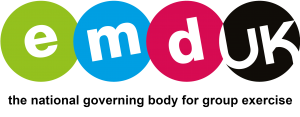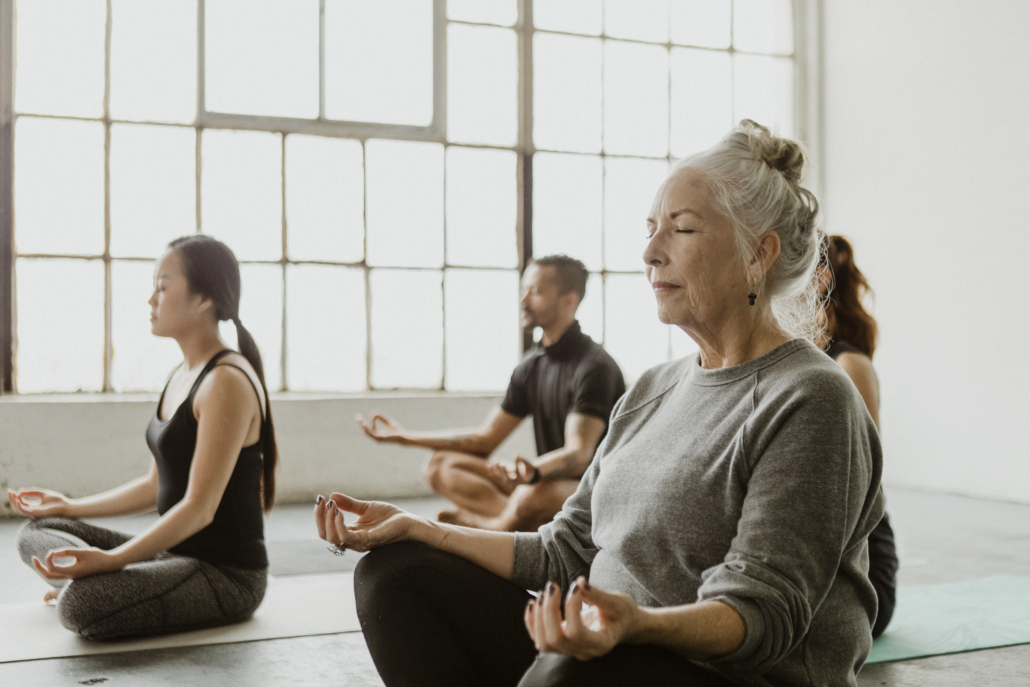Last Updated on July 18, 2025 by Laura Jensen
Get to grips with the fundamental requirements to practice Yoga instruction as we talk you through the Yoga Scope of Practice.
Whether you’re leading a sunrise Vinyasa or a calming Hatha class, being a Yoga instructor isn’t just about asanas and ambiance. It’s also about knowing where your responsibilities begin, and where they end.
That’s where your Scope of Practice comes in.
What is a Scope of Practice?
Your Scope of Practice defines what you’re professionally recognised and appropriately trained to do. It’s a critical part of delivering safe, effective, and compliant classes. Working within a Scope of Practice allows you to achieve professional recognition membership of EMD UK – the national governing body for group exercise. Scope of Practice is distinct from professional standards – it outlines what’s appropriate and safe for your specific class and specialism, whereas professional standards cover broader expectations across the whole sector.
EMD UK has two Scope of Practice documents for Yoga:
- Level 3 Yoga Instructor Scope of Practice
- Yoga in a Fitness Context Scope of Practice – Freestyle Fitness Yoga
A Level 3 Yoga Instructor is an entry-level qualification, with no prior qualifications required to attend training, whereas the agreed prerequisite to become a Freestyle Fitness Yoga instructor is a Level 2 fitness instructor qualification or higher.
So what does a Yoga Scope of Practice look like?
Let’s look at the Level 3 Yoga Instructor. Here are a few of the requirements within the Scope of Practice (you can find the full list in the Scope of Practice document here). You must:
- Teach Yoga asanas, including adaptations and modifications of asanas for group classes and 1:1s
- Motivate and engage clients in Yoga practice to promote a positive experience
- Screen participants pre-class and refer them to health professionals when needed
- Deliver safe, and effective Yoga classes providing ongoing practice, supervision, monitoring and session review
- Take responsibility for health and safety and cleaning relevant to your role and environment.
So you can see that a Scope of Practice looks not only at your trained capabilities, but your overall responsibilities to create a positive and safe environment for your class.
Qualifications and bridging
A Scope of Practice is in addition to your teaching qualification, and to achieve professional recognition within the Yoga Scope of Practice in the UK you need either:
- A Level 3 Diploma in Teaching Yoga from an Ofqual-regulated provider, or
- A recognised Yoga school qualification awarded by the British Wheel of Yoga, Yoga Scotland or Yoga Alliance/Professional
You also must have been a Yoga participant for at least 3 months prior to training
While you may meet all of the conditions of your scope for Core Yoga teaching, you may not meet the appropriate requirements to teach specialisms within Yoga. If you’re working with children, older adults, or individuals with long-term health conditions, for example, you’ll need specialist training to extend your scope into those areas. This is where bridging qualifications may be used in addition to your existing qualifications. Rather than being a rigid rulebook, your scope is a living guide that grows as you do. As your knowledge, skills, and experience evolve, so can your Scope of Practice.
What if your training comes from a different tradition – or country?
Yoga is a global and diverse practice. You may have trained abroad or followed a different school of thought. If your qualification isn’t already covered by EMD UK’s recognised standards, you might need to complete a bridging programme to align with the professional Scope of Practice and become professionally recognised here in the UK.
Bridging allows you to demonstrate that your training meets the minimum standards expected of a Level 3 instructor – protecting you, your participants, and your professional standing.
The risks of teaching out of scope
It’s not just a technicality. Teaching outside your scope can put participants at risk – and put you at risk too. You may not be insured, you could be found in breach of professional standards, and it could jeopardise your career in the long run.
Scope of Practice is designed to ensure the people in your class are supported, protected, and receiving instruction from someone with the right expertise. It’s not about limiting you – it’s about elevating the profession.
The benefits of staying within scope
Sticking within your scope doesn’t just keep you compliant – it boosts your confidence, career progression, and credibility. Professional recognition with EMD UK helps demonstrate your competence to employers, insurers, and clients. It makes you more marketable and gives you a clear path to upskilling if you want to broaden your offer.
Plus, as a recognised instructor, you’ll have access to a range of specialist development opportunities – so your growth never needs to stop.
CPD: keeping your scope fresh
To maintain professional recognition, you need to complete 10 hours of continuing professional development (CPD) each year. This includes both:
– Formal learning (certified courses or training)
– Informal learning (shadowing, mentoring, self-directed study, reading)
This blend of learning styles helps keep your knowledge fresh, your classes relevant, and your Scope of Practice rock solid.
Your Scope of Practice sets the foundation for everything you do. Respect it, invest in it, and it will support you through every flow, stretch, and career leap.
EMD UK is the only governing body dedicated solely to the group exercise community. Our members benefit from our guidance, CPD-accredited courses and over 250 resources. Pro membership with insurance starts from just £51 annually.



